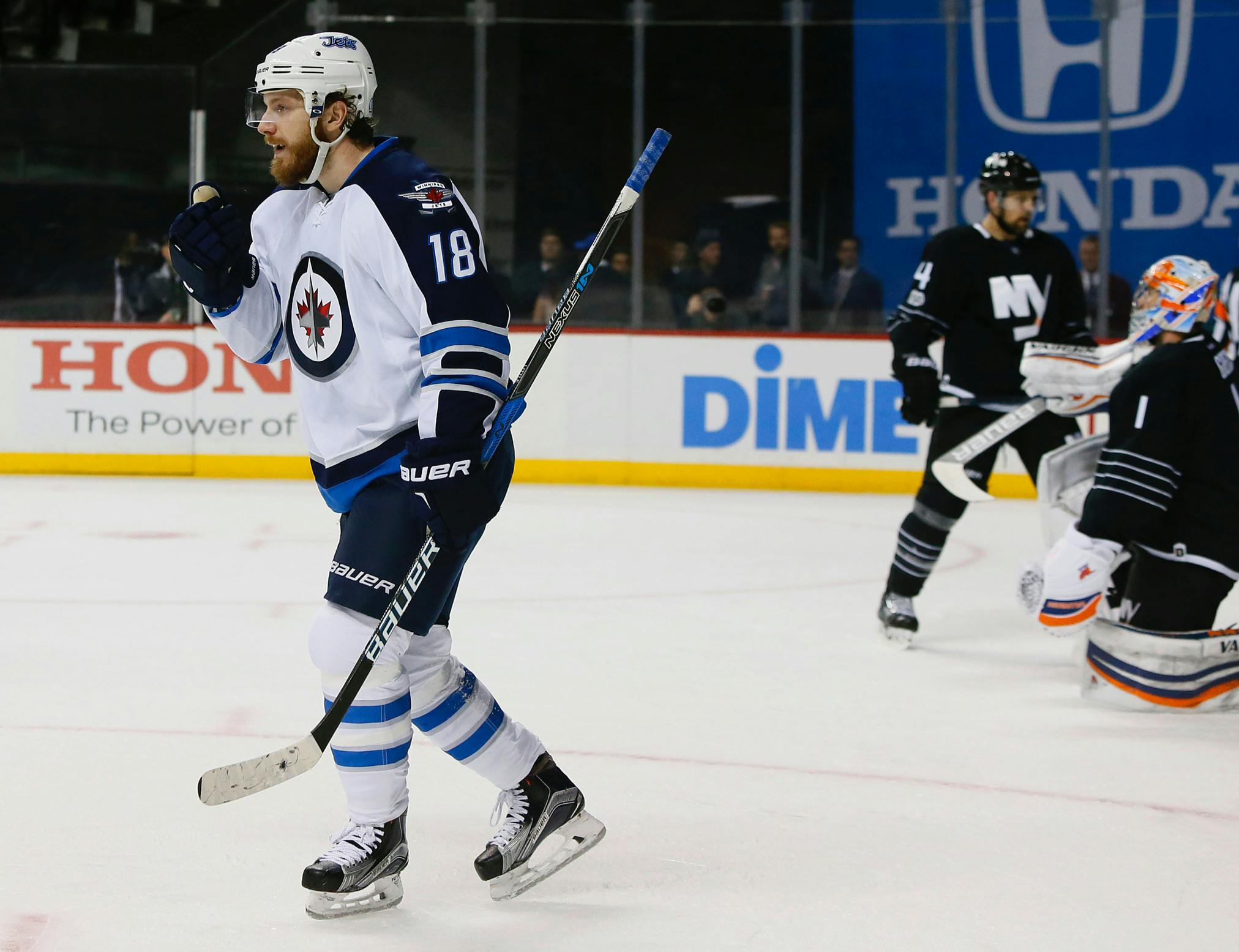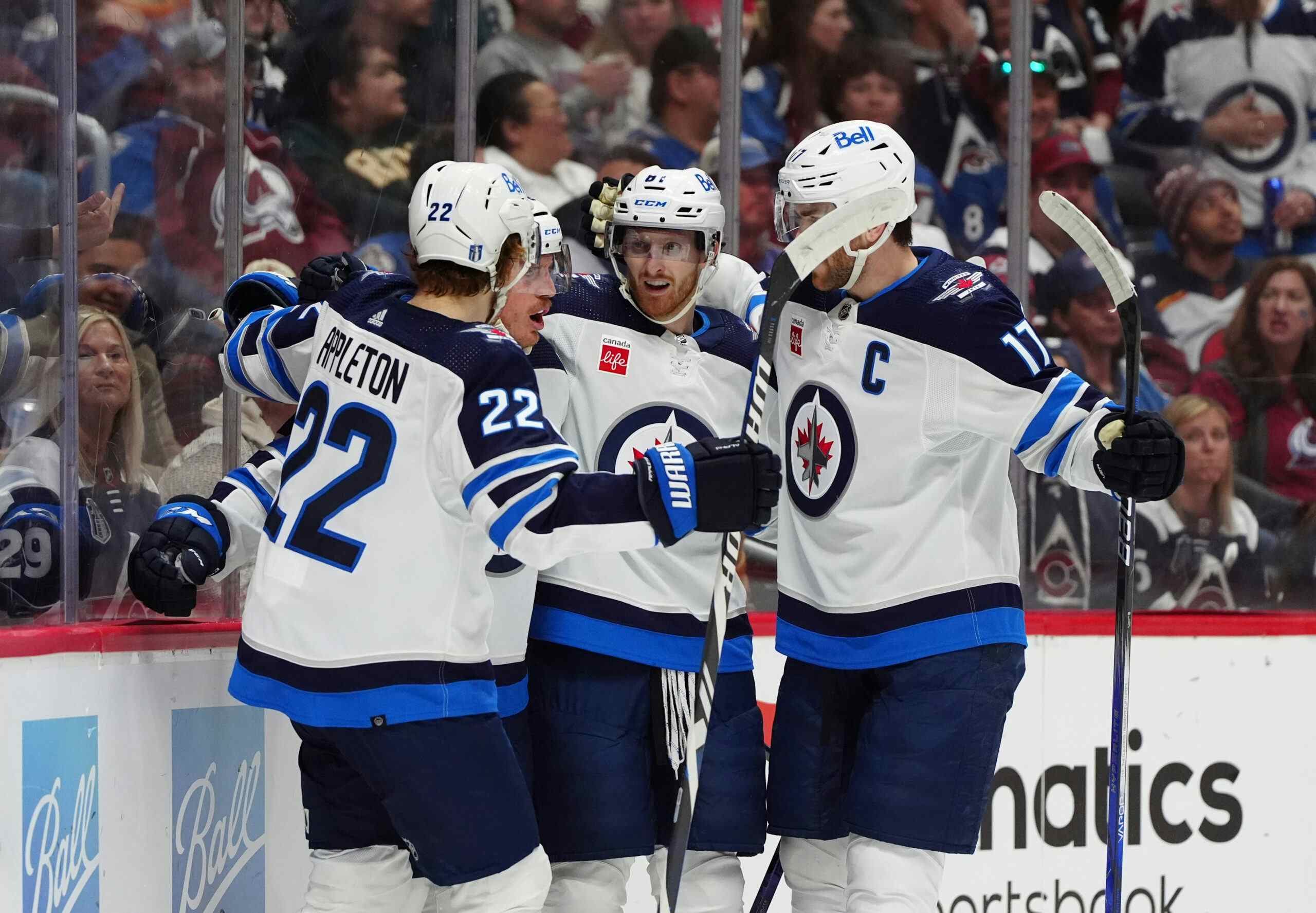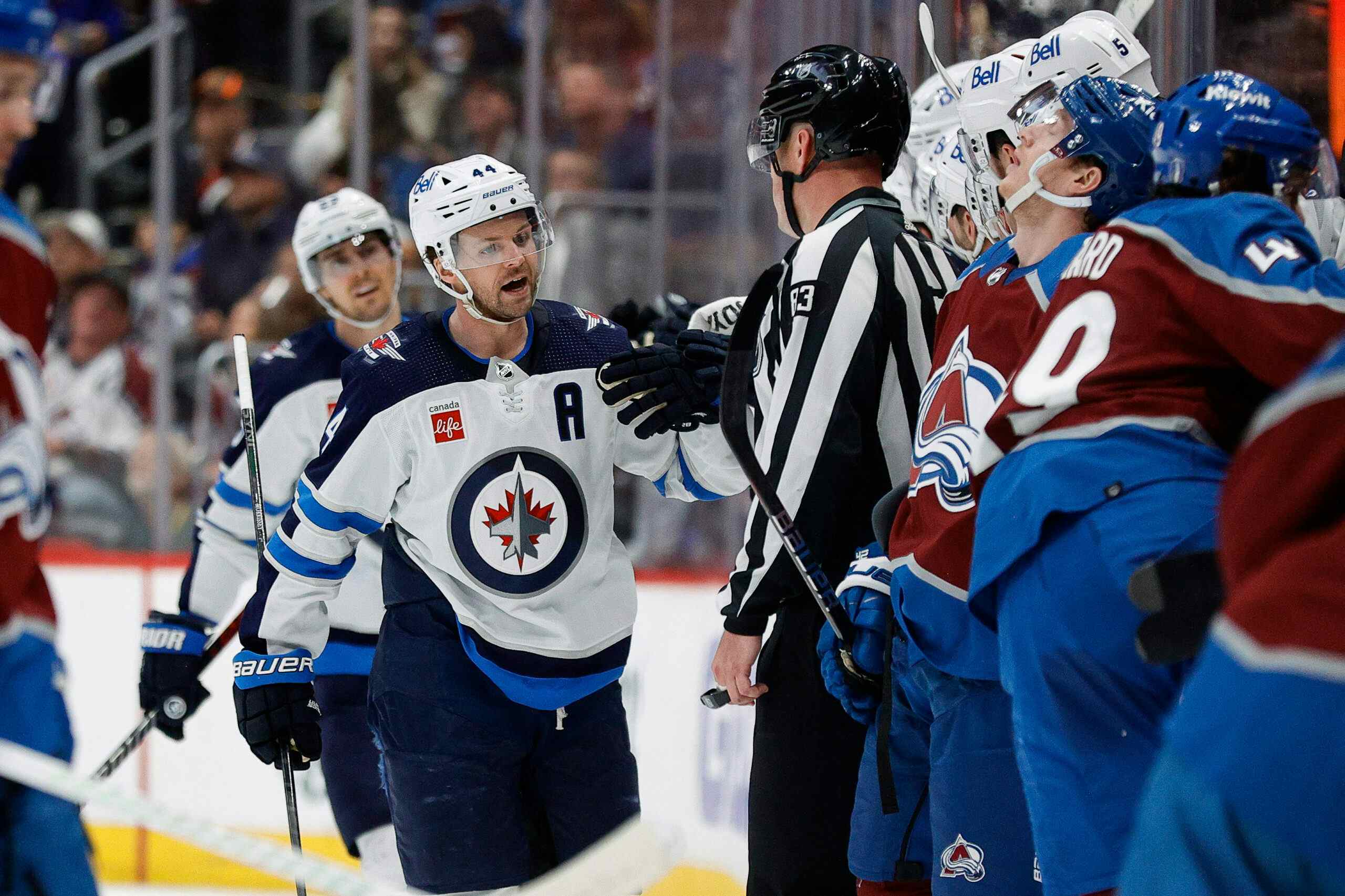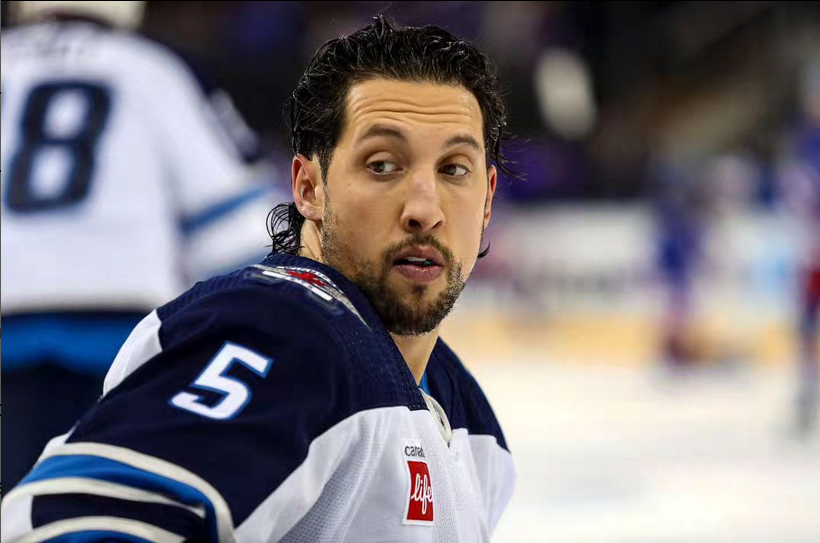Pilot’s Logbook: Bryan Little

By Garret Hohl
6 years agoThe Winnipeg Jets’ 2016-2017 disappointing season finally ended. While the extent of disappointment may be subjective from individual-to-individual dependent on expectations, fans without a single franchise playoff win prefer their seasons to carry some post-season excitement.
So, what went wrong? What went well? How do the Jets measure up against their competition? Which areas actually require improvement relative to others?
If your car breaks down, you need to know what is wrong with it prior to dropping cash to fix it. With that in mind, we continue our in-depth investigation on the Jets’ performance breaking down the team player-by-player from worst-to-best according to statistical impact, with some adjustments made by my own, personal analysis.
Up next: Bryan Little..
Basic Statistics
| GP | G | A | P | +/- | PIM | PPG | PPP | SHG | SHP | GWG | OTG | S | S% |
| 59 | 21 | 26 | 47 | -7 | 18 | 6 | 12 | 0 | 0 | 3 | 1 | 119 | 17.6 |
Little hit his second consecutive 40+ point campaign playing under 60 games. He was dearly missed for a quarter of the season, and likely not at optimal health for a good chunk of the games he did play.
The underrated Little puts up impressive points and is rarely recognized for being a first-line talent in terms of offensive production. Over the past four seasons combined, Little sits 24th in the NHL for centres in points per game. This places him between players like Ryan O’Reilly, Jeff Carter, Mark Scheifele, Patrice Bergeron, Henrik Sedin, and Matt Duchene.
The Jets especially missed Little on the power play, leading the team in power play points per hour pace.
Goals Above Replacement

Goals Above Replacement data courtesy of @DTMAboutHeart. Reminder that GAR is an aggregate statistic, so it is not relative to games played or ice time.
Goals Above Replacement (GAR) combines multiple statistics in terms of one currency, allowing one to estimate a player’s overall impact. It is imperfect, as it combines many imperfect statistics, but it is also a severely useful tool.
Little’s impact defensively may come as a surprise to many, and it did to me as well. Not just because I expected him to do well there, but also because historically he’s performed much better in that area. Typically speaking, Little is good for between 0.5-1.0 goals above replacement in defensive impact, but this year he put up -1.5. This is a huge swing and may have been in part due to his injury recovery. This suggests that we may see bounce back next year.
The 2016-2017 season was a campaign of abnormalities: injuries a plenty, Dustin Byfuglien far worse defensively than normal, Toby Enstrom far worse offensively than normal, Mathieu Perreault lack in scoring for the first half, all three goaltenders playing worse than their historical norm. All of these things are unlikely to repeat, meaning that there is a high likelihood of the Jets performing much better in their 2017-2018 campaign.
Advanced Metrics

| TOI | CF% | REL CF% | G60 | A60 | P60 |
| 772 | 50.8 | +2.62 | 0.93 | 1.09 | 2.02 |
Looking at the underlying advance statistics, we see why Little perhaps posted such a poor defensive GAR rating this season. For the most part, the Jets did fairly well in shot differentials with Little on the ice, except when Little was away from either Blake Wheeler or Perreault. Both Wheeler and Perreault have a history of making any player look good, so the model is likely taking points away harshly for his performance away from these two.
My eye-test did tell me that Little was struggling a bit defensively relative to his norm, but I think the youth of the Jets’ other two top-six wingers (Nikolaj Ehlers and Patrik Laine) may have been under accounted for by the model.
Offensively, though, Little performed quite well. The 6-foot centre nearly put up career highs in both five-on-five and five-on-four points per hour.
Microstatistics

Visual is for minutes played in 2015-16 and 2016-17 combined.
Offensively speaking, Little is both a very well rounded and excellent contributor. The only “weakness” he carries is in shot volume, producing shots like a second line forward rather than a top line forward. Everywhere else he is strong, contributing to transitional plays, passes (both in building up play and cycling and primary shot assists), and creating dangerous shots when he does shoot the puck.
Little efficiently generates zone entries, sitting fourth in terms of possession entries per attempt. The one area he could improve upon is producing more successful passes from each of his entries, where he sits about team average. History suggests that the expected shooting percentage of the first shot after a zone entry rises heavily with each of the first few successful passes prior.
Defensive zone exits may be part of the reason for Little’s defensive impact. While the Jets centres tend to play fairly deep, hurting their defensive zone exit numbers, Little sits the lowest of the Jets forwards in defensive zone exits per possession. He does, however, pass Copp, Lowry, and Petan in the percentage of these exits that are with possession.
Please support Corey Sznajder (@ShutDownLine) for his contributions in manually tracking microstatistics. He has a Patreon page where you can make a donation for his tireless work supporting the community. Also, give Ryan Stimson (@RK_Stimp) a follow.
Final Thoughts
Bryan Little is a fringe first line forward, but ultimately works optimally playing second fiddle to an above average first line centre on a team that wins games.
Little had a great season offensively but struggled a tad in defensive numbers. I think part of this was due to the youth and inexperience from the Jets wingers and in part due to not fully recovering from injury. With a summer off and the Jets’ wingers all one year older, we should see quite the 2017-2018 year for Little. He may score a bit less relative to ice time, but a greater number of games played should more than make up for that.
With Ehlers and Laine each being another year older, Sheifele, Perreault and Wheeler doing what they always do, and the likely additions and development of players like Kyle Connor, Jack Roslovic, and Nic Petan, the Jets could have a very interesting top-nine unit.
As noted in our previous two Logbooks, I would suggest the Jets spread out the talent a bit. Ehlers and Laine should be developed enough to lead the Jets with Scheifele. Wheeler can drive play with Little and any winger. Perreault can pull up the Jets third line to excellent results more typical of a second line, or even better. We’ve seen teams employ this strategy with great success as it causes a havoc to team’s matchup plans.
This would lead to a reduction in role to more defensively apt forwards, such as Lowry, Armia, and Dano, but I broke down how to deal with that already.
All numbers courtesy of Corsica.hockey, @ShutdownLine, or @DTMAboutHeart unless otherwise noted. Please follow them all.
More Pilot’s Logbook Series
- 2016-2017 Team Review
- (Not So) Special Teams
- Team Development Over Time
- Zone Exits
- Zone Entries
- Chris Thorburn
- Mark Stuart
- Alexander Burmistrov
- Brandon Tanev
- Julian Melchiori
- Kyle Connor
- Shawn Matthias
- Drew Stafford
- Ben Chiarot
- Nic Petan
- Tyler Myers
- Andrew Copp
- Paul Postma
- Marko Dano
- Toby Enstrom
- Adam Lowry
- Joel Armia
- Dustin Byfuglien
Recent articles from Garret Hohl





